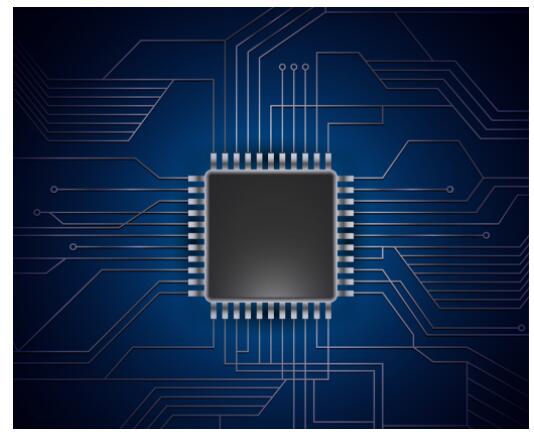Professional PCB manufacturers explain FPC flexible circuit board reinforcement for you in detail
What is FPC flexible circuit board reinforcement? Let me explain in detail for you below.
1. What is reinforcement?
While the soft board is light, thin, and flexible, it also loses its rigidity. In order to increase the thickness and rigidity of the specified parts of the product for subsequent installation or assembly, it is necessary to paste a rigid board at these positions. That is to reinforce.
Reinforcement is a very important part of the FPC processing process, and it plays a decisive role in the quality of FPC processing.
2. Types of reinforcing plates:
1. Stainless steel sheet (SS), some customers’ drawings are marked as SUS. In fact, this is steel sheet reinforcement. SUS is a common type of steel sheet; specifications: 0.1, 0.2, 0.3, 0.4MM; function: increase flatness, Hardness, heat dissipation, conductive grounding.
2. Aluminum sheet (AL): specifications: 0.1, 0.2, 0.3...2.0MM; function: increase thickness, heat dissipation, flatness
3. FR4: Specification: 0.1, 0.2, 0.3...2.0MM; Function: Increase hardness, thickness and flatness.
4. Polyimide (PI): specifications: 0.0275, 0.05, 0.075, 0.1, 0.15, 0.175, 0.2, 0.225, 0.25MM; function: increase thickness.
5. Polyester (PET): Specification: 0.225MM; Function: Increase thickness.

3. Auxiliary materials:
1. Adhesive: pressure sensitive adhesive and thermosetting adhesive.
(1) Pressure-sensitive adhesive: Double-sided adhesive for soft boards, referred to as DST, also called pressure-sensitive adhesive PSA; can be divided into ordinary adhesive, high temperature resistant adhesive, conductive adhesive, thermal conductive adhesive, etc.
Ordinary adhesives, commonly used are 3M467, 3M468; conductive adhesives, commonly used are 3M9703, 3M9713; thermally conductive adhesives, commonly used are 3M8805, 3M9882; high temperature resistant adhesives, commonly used are 3M966, 3M9460, 3M9077, 3M9079, TESA8853, etc.
(2) Thermosetting adhesive: TSA for short, it needs to be cured under high temperature and high pressure for bonding. Thermosetting adhesives are also divided into ordinary and conductive.
The comparison between pressure sensitive adhesive and thermosetting adhesive is as follows:
2. Release paper: avoid the adhesive sticking to foreign matter before pressing.
3. EMI: Electromagnetic shielding film: protect the circuit inside the circuit board from outside interference (strong electromagnetic area or susceptible to interference area).
Fourth, the difference between reinforcing board and rigid-flex board
1. What is a rigid-flex board?
The rigid-flex board is a board that combines rigidity and flexibility. It has the rigidity of a rigid board and the flexibility of a soft board.
2. The difference between the two:
The same point: the structure of the two is that the soft board material and the hard board material are combined together through the glue layer.
The difference: The rigid-flex board has wiring on the hard board material, and the wiring on the soft board and the hard board are connected to each other through vias. As for the reinforced flexible board, the hard board material on it generally does not have any wiring, even if it is a PAD; there is only a mechanical connection between the flexible board and the hard board, and there is no electrical connection. Of course, some of the more special reinforcements will have some PADs or optical points, but these PADs are not electrically connected to the traces on the soft board. The price of this special flexible board with reinforcement is still much lower than that of the rigid-flex board.